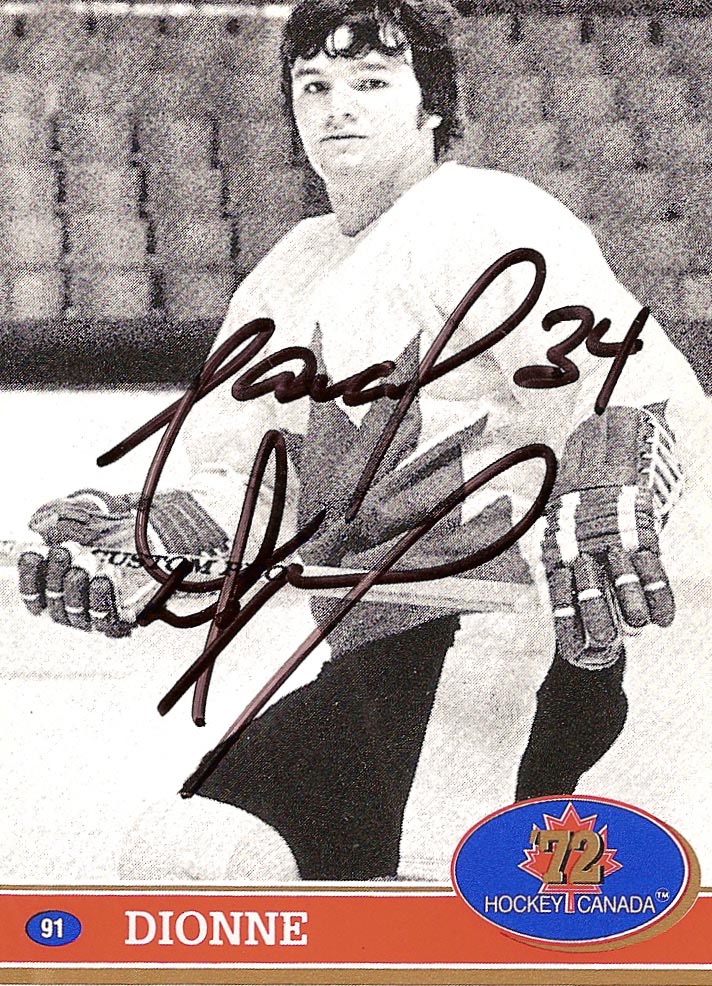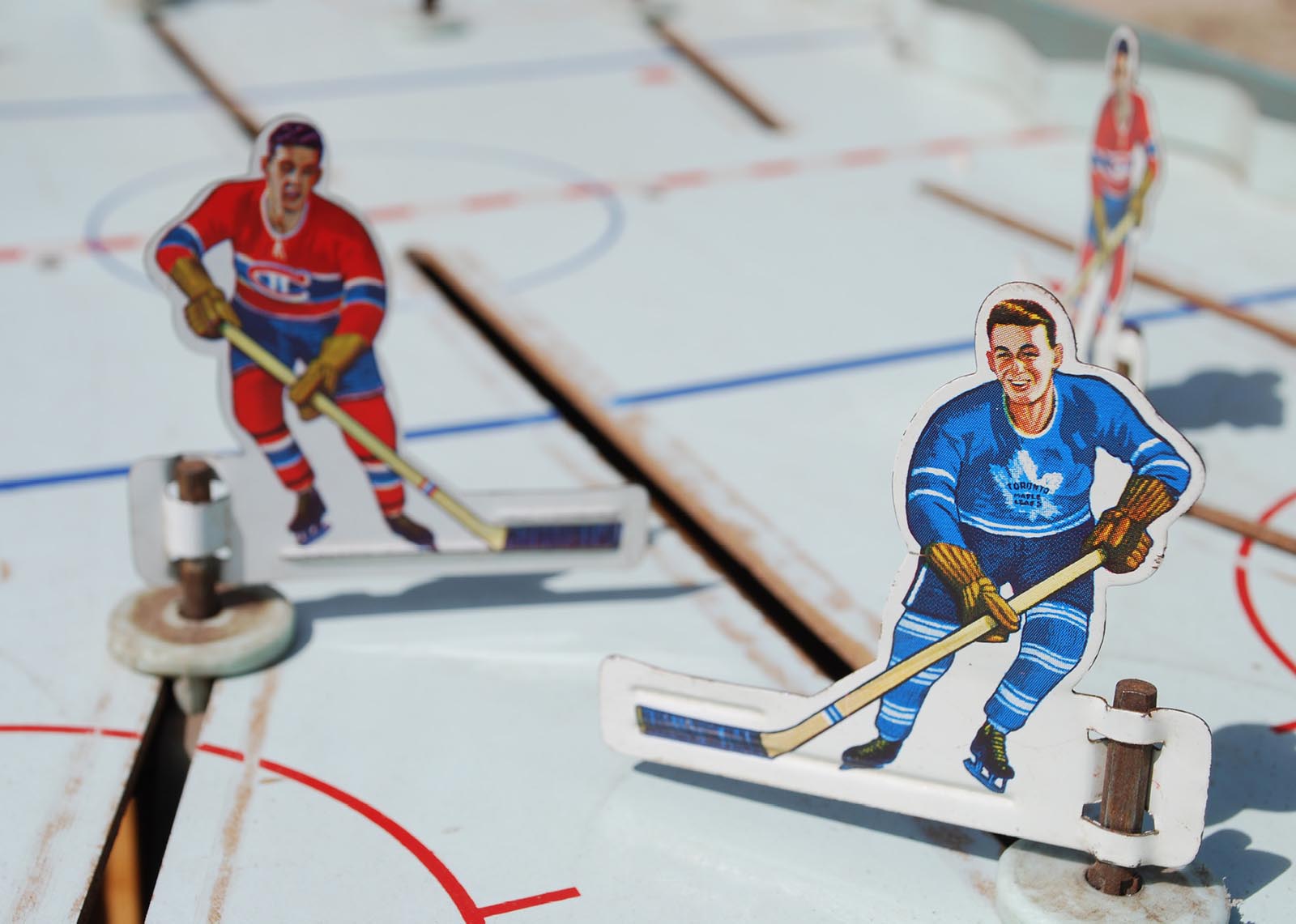INTRODUCTION ★ ★ ★
WHAT IS MEMORABILIA?
“It’s part of our game; it’s a way of life for people around the game.” Martin Brodeur understands the memorabilia world. As one of the pre-eminent stars of his generation, the New Jersey Devils goaltender has been in demand for autographs, endorsements, and memorabilia contracts. He’s far from alone. Whether on a local, regional, national, or international level, hockey players recognize that their time isn’t always their own. They’re expected to pose for a photo or sign a trading card at a moment’s notice; and while this might seem intrusive, the hockey hero knows how much meaning it carries.
“People come up to me and tell me that they have a program [from a] particular game,” says Hockey Hall of Famer Frank Mahovlich. “It’s nice that [they] kept that program all these years and that it meant something.”
The goal of preserving a memory is what drives collectors to buy, trade, or otherwise acquire mementos. They will spend hours carefully sorting their new treasures, buy protective casings reminiscent of what you’d see in a museum, and, without batting an eye, spend up to the equivalent of a month’s worth of groceries on used hockey gear.
Memorabilia can be any souvenir that’s preserved because of the moment associated with it: a ticket stub from a game that father and son attended together, a hero’s autographed photo, or, for the lucky, a puck that went up and over the boards. At least that’s how it was in a much simpler era — when memorabilia was less about dollar value and more about sentiment.

JON WALDMAN
Years ago, owning a Bobby Orr rookie card or a game-used Patrick Roy stick meant something different: a feeling of connection to a hero or a moment in time. Now that sentiment can be easily lost, as trade shows and auction houses make the memorabilia industry a kind of stock market. Still, an endearing nostalgic element to collecting endures. While some see the jersey of a recently retired player or the signature of an up-and-coming star as a speculative investment, others acquiring these items do it out of fandom, something even players themselves did as children.
For example, Tampa Bay superstar Martin St. Louis grew up like many Canadians, collecting hockey cards. “As a kid, you remember collecting those,” he says. “When I was a kid, I had an uncle who would send or buy me cards whenever he’d see me. I remember having some of Gretzky’s cards and Mario Lemieux’s cards. Those were the ones I enjoyed. I used to put the cards on my bike and make the funny noise with the wheel like every other kid.” St. Louis shows that same penchant for collecting cardboard to track his own career. “I remember a few years ago I was so excited seeing my first cards. Now, it’s been a few years and there’s quite a few more, but it’s still exciting being on something you used to collect.”
Other players, unfortunately, weren’t as keen about their career mementos but in later years have put together collections that commemorate their time on the ice. “It’s funny. I was never a collector, and if my mother had never kept scrapbooks, I wouldn’t have anything from my career,” Hall of Famer Ted Lindsay remarks. “Since I’ve retired, I’ve become interested. I wish I would’ve known this 40 to 50 years ago because I would’ve saved certain things. I’ve done pretty well; I’ve got a nice basement in my house with a lot of stuff on the walls. It brings back good memories.”
Lindsay’s ability to recapture his career is thanks to the dedication that fans have shown both to him and to the sport over the years, especially those creating and preserving hockey’s history.

JON WALDMAN